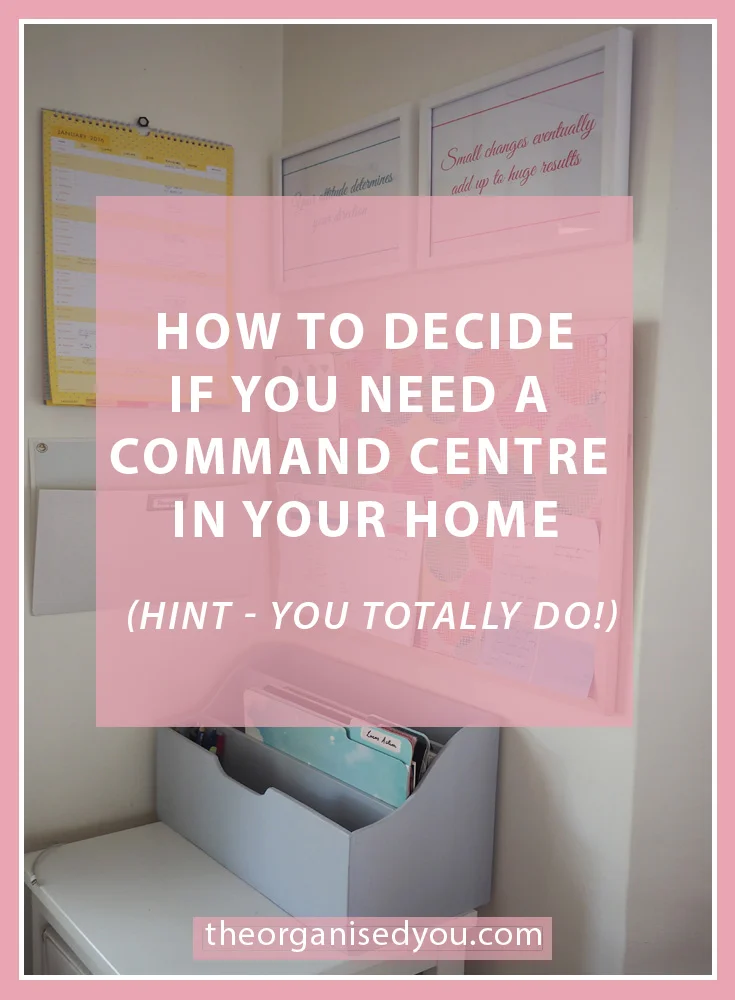Are your finances a mess? Do you try to create a budget for your household, only to find that you don't know exactly where your money is going? Do you have multiple debts that are difficult to keep track of?
If you're feeling lost when it comes to keeping your finances organised, then let me introduce you to the finance binder - one of the best ways to keep track of exactly where your money's at! Today I'm showing you how I use this handy tool, and giving you 7 FREE printables to help get you started on your journey to organised finances. Let's do it!
I'm no financial expert by any means, but since I set up our first finance binder back in January 2015, we have definitely become a lot better at keeping track of exactly where our money is going, as well as paying off our debts more quickly. I created some new printables to better suit our current needs, so I hope they suit you as well!
I find that keeping track of these less 'exciting' things is best done by having a regular meeting scheduled in the fortnight or month [for you and your partner]. We aim to have a budget night once a month, which is scheduled on the family calendar, so we are both responsible for tracking our finances. Of course, we are currently having these meetings a lot more regularly because of our current renovation, but normally we aim for once a month. On that evening we will sit down at the kitchen table and 'walk through' our finances and record information in our finance binder related to debts, savings and bills for the month.
Let me show you the different parts of the finance binder. I have it divided into 4 categories - important info, bills, savings and debts. All the information related to these subjects lies within these sections.
>> Learn the step-by-step process for creating your own easy reference systems for your household in my paperwork organising course ‘Making Your Paper Work’!
Learn more here >>
First up, we have records of our important financial information, such as bank account names and numbers, tax and superannuation numbers and login details. I like to have all that information right at hand (just like with our household binder) because I often find myself needing to refer to it. It's so much easier to quickly grab this folder from our command centre as opposed to having to go searching through the filing cabinet. All the information I need related to finances is right here.
I also store the Password & Username Tracker in this section which is always helpful!
Next up we have our savings section. We like to divide our savings into different categories, so we can see the money building up in different areas. We've just switched banks, and one of the biggest draw-cards was that our account has the option of up to 7 linked sub-accounts that you can use for savings. The great thing about having them all within the one account is that they all are all offset against the mortgage. It makes so much more sense to have your savings working for you to pay off the mortgage faster, rather than sitting in another bank account.
We currently utilise 5 of the sub-accounts. Along with our 'renovation' category (which we'll remove/change once it's complete), we have the following savings categories: emergency, kids, car, holidays and gifts. We put the majority of our savings into our emergency account, with the aim of having 6 months of income sitting there in case anything goes wrong.
On our once-a-month budget night, which usually happens right after pay day, we divvy up however much money we want to put into each of these categories and record it here. We can log into our banking app to easily see how the money is building (however slowly it may be!). It's nice to know when Christmas comes along, or if the car needs major repairs, that we'll have the money sitting there ready to be used.
The next section is for tracking bills. We use an budgeting app called YNAB (which I talked about it here) that I would highly recommend! Basically you have all your spending categories set up and every time you purchase something, you enter the amount into the app and it's deducted from your monthly budget. We have always been terrible at sticking to a budget and this tool has helped enormously.
As I've spoken about before, we have monthly direct debits set up for the majority of our bill payments. This is where a nominated amount is deducted each month so that over the course of the year you are paying the same amount each month, meaning you never have to remember to pay a bill or get shocked with a nasty amount!
However, because the bills are automatically deducted, I like to keep track of exactly what is coming out of our account each month. This bill-tracker page lists all the payments we make monthly which I can just go through and tick off to check everything is on track (the ones marked with an 'A' are annual so I only need to check them off once a year).
The last section is for tracking our debts. We've been following the Dave Ramsay 'snowball' method for the last 8 months and it's been a fantastic approach for us. Basically, you start with your smallest debt and throw as much money at it as you can to get it to zero. When it's paid off, you move onto the next biggest, and then the next, hopefully gaining momentum as you go - hence the name 'snowball'. Tracking your debts is a great way to actually watch the amount go down so you can see your progress and feel encouraged to keep going.
I really have found our finance binder to be of such a great help in getting our money more organised. Although we still have things to learn, and improvements to be made when it comes to budgeting, I find it enormously helpful to have everything written down. This way, you can actually see where your money is going, and the potential for savings and debt-repayments. I think most people could use all the encouragement they can get in these areas, and it's nice to feel 'in control' of your money rather than the other way around.
I hope you've found some of these tips helpful, and don't forget to grab your 7 FREE finance printables on the button below to help get you going on your organised financial journey! I'd love to hear in the comment below if they're helpful for you too.




























